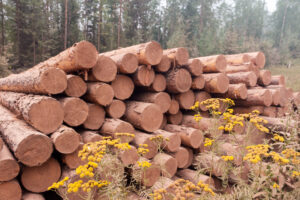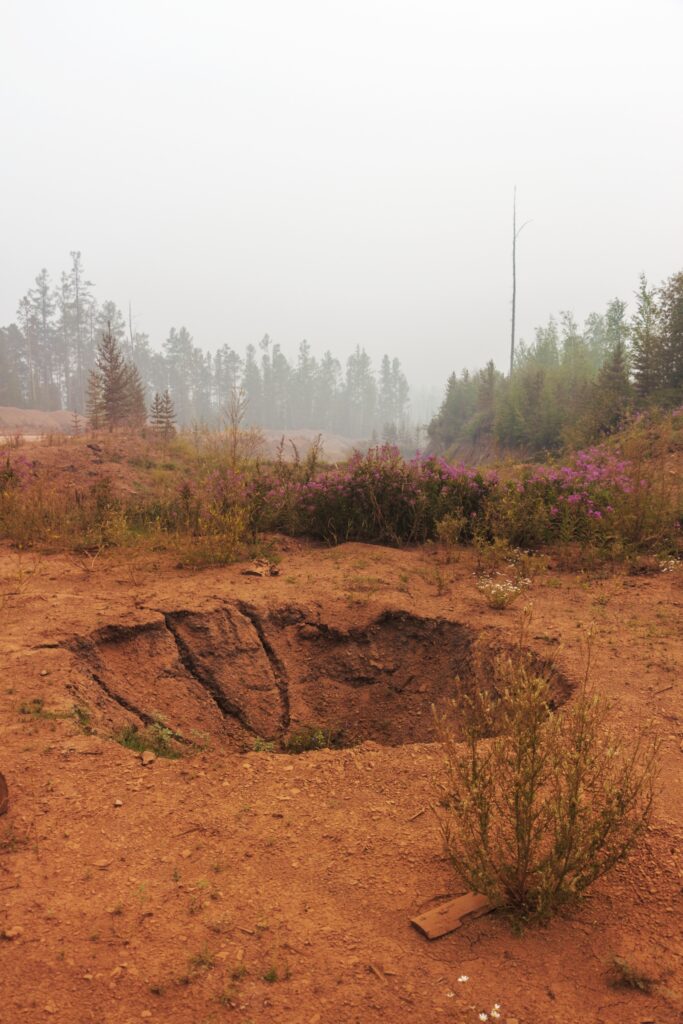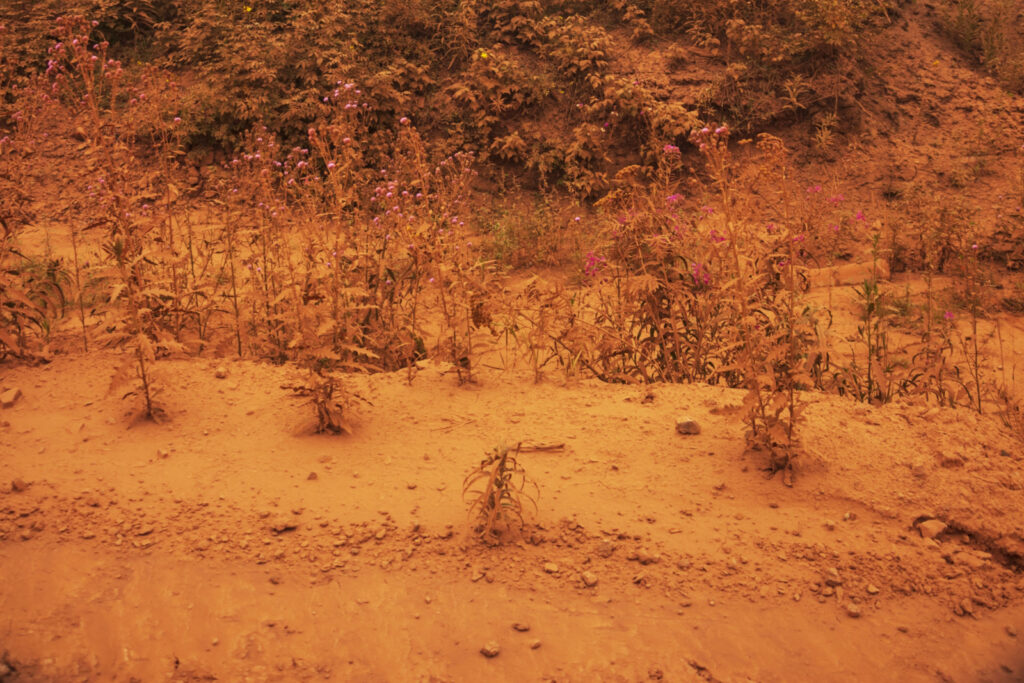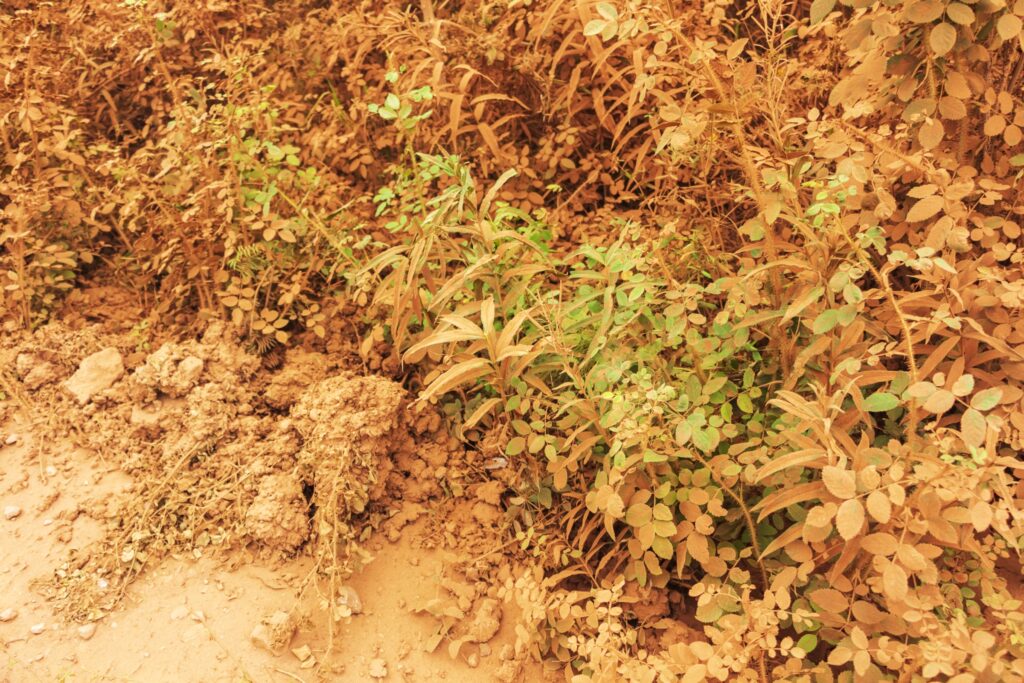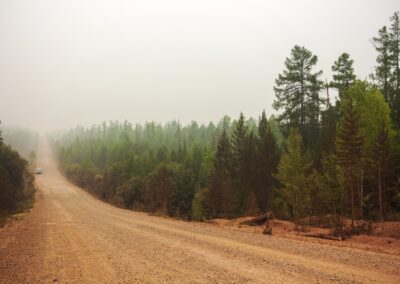RED TAIGA
Photo and video by Stanislav Podusenko, curated by Olga Zaslavskaya, text by Vera KyklinaPROLOGUE
The team arrived using formal and informal roads, including public and private forestry roads, seismic line cleared corridors, subsistence trails, and oil company roads, with their permission.
Roads are a crucial part of human daily lives. We depend on roads for dwelling, traveling, socializing, extracting and transporting goods, and as such, they serve as the most vivid form of entanglements of human and more-than-human assemblages.
However, there is no established definition of roads in scholarly literature. In particular, archaeologists distinguish between formal and informal roads to identify government efforts of strategically planning and maintaining some roads from spontaneous pathways formed along animal trails. While the latter is still important for Indigenous communities conducting subsistence activities. Current development of off-road vehicles and expansion of extractive industries re-emphasizes the need to explore transportation pathways formed beyond official road systems. Taiga landscapes in the north of Baikal region provide us with numerous examples of such informal roads: service roads for oil industry, forest roads for logging and hauling timber, seismic line cleared corridors for geological exploration and remains of subsistence roads for hunting and gathering activities of local and Indigenous communities.
This exposition presents photos taken by Stanislav Podusenko during an expedition together with social and physical scientists to the north of the Baikal region in the summer of 2021. The aim of an expedition was to map informal roads, practices of their creation, maintenance and abandonment, and their impact on the local and Indigenous cultures, economies and environment.
RED TAIGA
EXPOSITION
Informal roads are an inevitable component of extractive industrial development. Usually, these roads either do not have any surfacing or are covered by gravel extracted nearby.
Removal of the upper layer of soil reveals sediments that have been accumulated in the area for hundreds of millions of years dating back to the Ordovician geological period of the Paleozoic Era. Rocks grinded by heavy vehicles into a red dust coat surrounding surfaces and bring both physical and chemical changes to environment.
While many informal roads are used beyond their initial function, there are a few where the regime of use is strictly regulated. This photo shows the intersection of a forestry haul road and oil service roads. Since haul and oil service roads were created and maintained by two different companies for two different purposes, they are laid in parallel to each other, and together create an over 100 meters wide line of cleared forest.
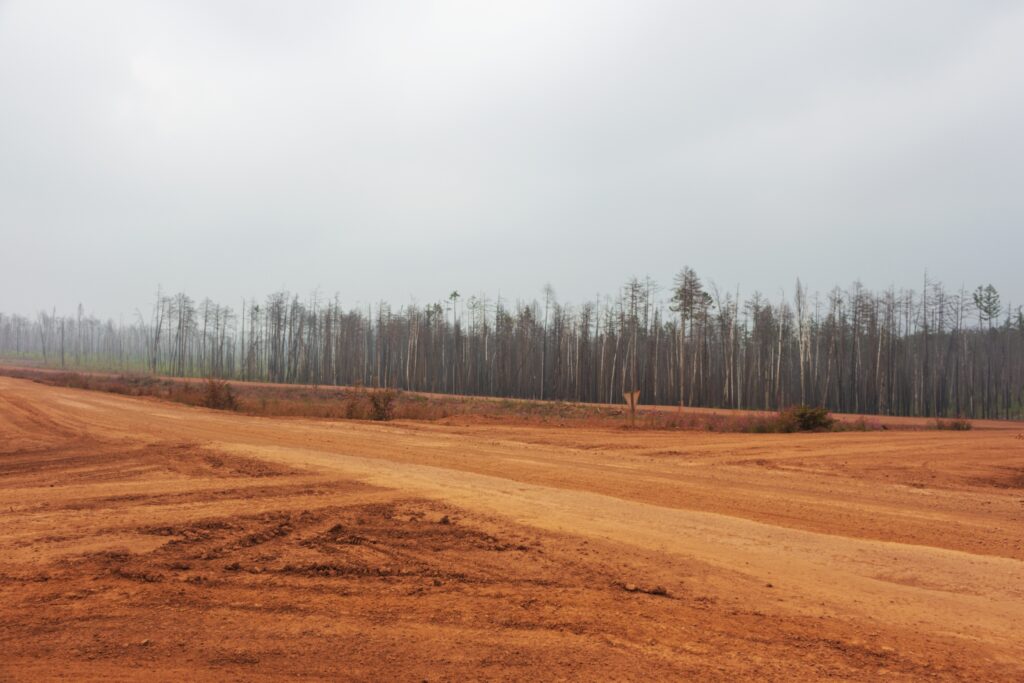
Road signs in this area are often a demonstration of some power relations between different extractive companies. Quite often the oil companies have priority for movement.
Since creation of all-season roads is very expensive in this taiga landscape, forestry companies often have only haul roads functioning year round and use the logging roads only in cold season. During the winter, from hard-to-reach areas the timber is brought to and piled along the haul roads for transportation to the larger settlements where this wood will be processed and prepared for Asian markets.
Removal of trees in permafrost areas triggers such processes as melting of ground ice which leads to subsidence of the ground and thermokarst formation.
Dust is one of the most evident consequences of informal road expansion. Settling on surrounding surfaces, it blocks plants from the sun and alters soil chemistry.
In the summer of 2021, this dust was combined with smoke from wildfires in the neighbouring Republic of Sakha (Yakutia). During the last years, frequency and intensity of these wildfires are significantly increasing across the Arctic and sub-Arctic taiga.
Both dust and wildfires are examples of human-caused disturbances. When they are combined, the visual image reminds us about the risk of turning Earth into a planet as uninhabitable as Mars.
RED TAIGA
EPILOGUE
During the expedition, the team saw landscapes slowly recovering from wildfires and other disturbances.
Fireweed is typically the first thing that grows in burned scars and other disturbed areas.
Later on, they will be replaced by shrubs, that in turn, are succeeded by deciduous and then coniferous trees. The latter can support the regrowth of lichen, which is expected to return in about half a century, if not accounting for the interference of climate change.
The team’s research emphasizes care, respect, and harmony in relations with other living beings by recognizing and reconciling different ways of understanding. Altogether it allows humanity and the Earth to support native species, and as a result, support itself.







